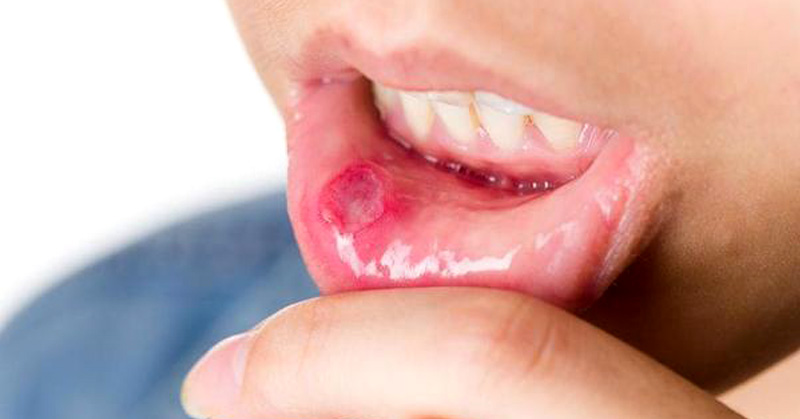
Aphthous ulcers, commonly known as canker sores, are the most common, recurrent lesions that affect the oral cavity. As many as 5-66% of the population may be affected by these ulcerations. The lesions of aphthous ulcers are characterized by recurrent bouts of single or multiple rounded, shallow, painful oral ulcers which may occur at intervals of few days to a few months. Aphthous ulcers usually present with grey-white pseudomembranes which are enveloped by thin erythematous halos . These lesions most commonly occur on the non keratinized mobile oral mucosal surfaces . The usual course of progression of these lesions is to cause moderate to intense pain.
Laser therapy is currently widely used in medical field due to its beneficial therapeutic effects, such as analgesia, anti-inflammation and wound healing. Pain relief by LLLT is available for the management of aphthous ulcers. The main goal of treatment is to decrease pain, healing time, number and size of the ulcer.
Pertaining to pain relief, one mechanism that has been proposed is modulation of pain perception by modification of nerve conduction via the release of endorphins and enkephalins. Another mechanism of pain relief of LLLT is related to the enhanced ATP synthesis in the mitochondria of the neurons. When ATP synthesis is reduced, the consequence is a mild depolarization, which decreases the threshold of triggering an action potential. In contrast, an increase in ATP synthesis, which is caused by LLLT, will bring about hyperpolarization and obstruction of stimuli, which would thus decrease the induction of pain stimuli. The mechanism of increased ATP synthesis of LLLT is essentially dependent upon the absorption of red and near infra-red wave lengths in certain photoreceptors within the subcellular mitochondrial components, specifically in the electron transport (respiratory) chain . The absorption of light by the mitochondrial component of the respiratory chain leads to a short-term activation of the respiratory chain and oxidation of the NADH pool. This stimulation of oxidative phosphorylation causes changes in the redox status of both the mitochondria and the cytoplasm of the cell. This causes an increase in the supply of ATP as well as an increase in the electrical potential of the mitochondrial membrane, alkalization of the cytoplasm and activation of nucleic acid synthesis . The results of many previous studies indicated that LLLT was successful in reducing the pain intensity and total healing time of aphthous ulcers.
Laser treatment of recurrent aphthous stomatitis is an easy, fast and pain-free procedure. Studies have shown that ulcers treated by laser therapy provide immediate pain relief and fewer recurrences in the future. The main advantage of the LLLT compared to other treatment options is that it can be used for all the causes of the disease both without having any side effects and without the risk of medication overdose. In conclusion, laser treatment offers advantages for both the clinician and the patient.